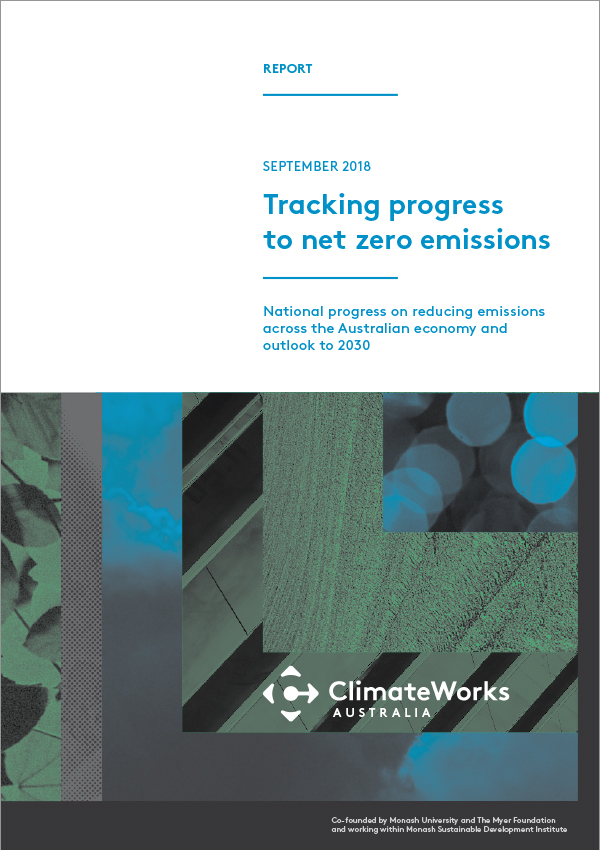Australia is not on track to reach emissions reduction targets under the Paris Agreement. But opportunities exist in proven technologies across electricity, industry, buildings, land and transport.

Australia needs to triple its progress to reach net zero emissions by 2050, our 2018 report Tracking Progress to Net Zero Emissions has found. Assessing progress across key sectors, the report shows the technology is there, but policy is falling short.
The report found that there is potential to significantly reduce emissions. With well-targeted policy, Australia can get back on track to reach its Paris commitments.
Going forward to 2030, there is three times the potential needed to reach the government’s current 2030 target, but projections show this will not be harnessed under current policy settings.
Anna Skarbek, Climateworks CEO
Between 2005 and 2013 Australia’s 2030 target was within reach. But progress has stalled in most sectors and reversed overall.
It is still possible to build on areas of recent momentum if Australia implements further policies that guide investment in a cleaner economy. Our research shows Australia has the potential to reach 55 per cent below 2005 levels by 2030 and this would set our economy on the net zero emissions pathway needed for the Paris Agreement.
Anna Skarbek
Each sector has the potential to reduce emissions well below current trajectories.
Electricity emissions are projected to fall to 21 per cent below 2005 levels under existing and proposed policies. This includes a 26 per cent target for the National Electricity Market (excluding WA and NT, and therefore covers 82 per cent of sector emissions), with renewable energy reaching a 31 per cent market share. Yet the sector has the potential to fall to 68 per cent below 2005 emissions, with renewable electricity reachinging a 70 per cent share.
Industry emissions are projected to be almost unchanged at 6 per cent above 2005 levels in 2030 under proposed policies. A slight improvement will be due largely to increased renewable electricity. Yet there is further potential to reach 30 per cent below 2005 levels.
Buildings emissions are projected to fall to 11 per cent below 2005 levels. This is driven by proposed improvements to building and appliance standards. But further potential is available to reach 69 per cent below 2005 levels with the increased use of renewable electricity.
Transport emissions are currently projected to keep rising to 29 per cent above 2005 levels. Unfortunately, improvements to the energy efficiency of some vehicles does not outweigh the increased activity across all vehicles. But the potential is there to reduce emissions to 4 per cent below 2005 levels.
Land emissions are projected to drop to 45 per cent below 2005 levels. But plantation harvesting and land clearance are expected to be greater than planting in current projections, causing emissions to rise. There is a large amount of further potential – enough to offset all land sector emissions and reach 103 per cent below 2005 levels.
The next two years are critical if Australia is to unlock this potential and meet Paris Agreement targets. The technologies are here. Now is the time for policies that support them.
